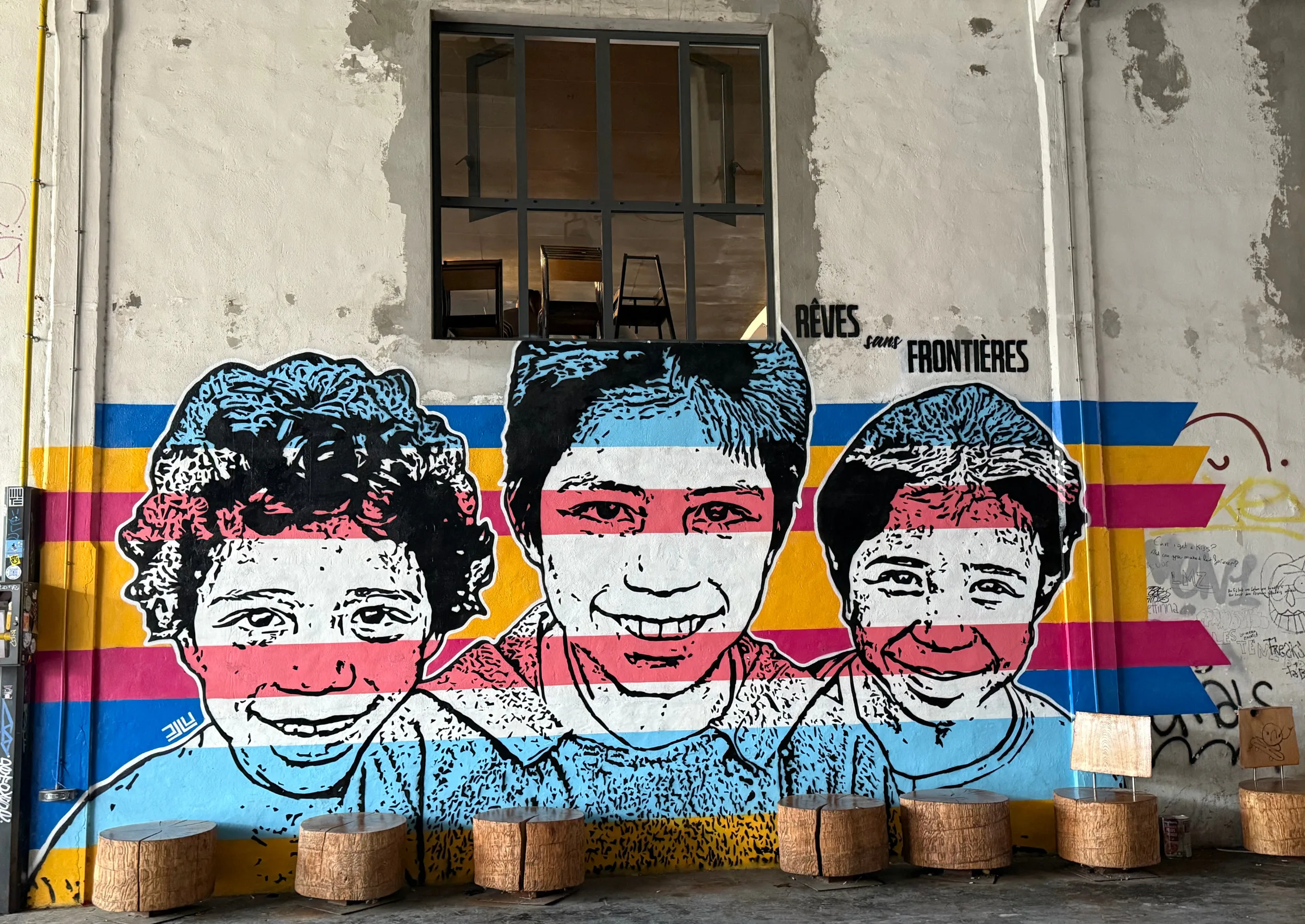The UK’s Creative Industries have been growing rapidly, both in terms of employment and economic output. They also make a valuable contribution to the UK’s balance of trade. However, our latest Discussion Paper also shows that when decomposed the various sub-sectors show very different patterns of growth, with some even contracting in terms of employment.
Moreover, as the Industrial Strategy acknowledges, the Creative Industries are very unevenly distributed across the UK, both in absolute terms and relative to economic activities in the UK as a whole. And, interestingly, this unevenness is considerably more pronounced in terms of the value of economic outputs than it is for employment, with London and the South East dominating the former much more than the latter. This implies substantial inter-regional differences in labour productivity within the Creative Industries. Indeed, the implied labour productivity of some of the Creative Industry sub-sectors in the northern and western regions of the UK is strikingly low. The lack of official statistics on productivity makes these findings necessarily tentative, and the Department for Digital, Culture, Media and Sport (DCMS) is urged to address the absence of productivity measures in its Sector Economic Estimates.
The analysis also highlights the scale of the policy challenge in reducing regional inequalities. The UK government and devolved authorities rightly recognise the economic and socio-cultural significance of the Creative Industries, and moreover that they can be expected to continue growing into the future at a faster rate than the economy as a whole. Indeed, Peter Bazalgette’s 2017 Independent Review of the Creative Industries confidently states that: “Looking forward fifteen or twenty years to what our future economy could be like, in every scenario the Creative Industries are of central importance to the UK’s productivity and global success. We have two great assets: the English language and our national capacity for creativity.”
Any dynamic economy requires growth sectors in part to compensate for the contraction of declining sectors. However, as the analysis in the discussion paper shows, the Creative Industries are very unevenly distributed across the UK, which is one of the most regionally unbalanced countries in the industrialized world.
The government is committed to ‘narrowing the gap’ between London and the South East, both in relation to the Creative Industries and the economy as a whole, and the policy challenge can be summarised as how to maintain growth in London and the South East while ensuring the rest of the country catches up. This implies that the Creative Industries need to grow faster in the rest of the UK than in London and the South East and, to be meaningful, ‘catching up’ here means not only narrowing the gap in terms of employment, but also in terms of productivity. This is a major challenge.
As a share of total employment, the Creative Industries have been growing fastest in London, such that between 2011 and 2018 they increased their share of total employment by, on average, 0.255 of a percentage point each year. In the rest of the UK, excluding London and the South East, the Creative Industries share of employment increased by just under 0.1 of a percentage point each year. If we extrapolate these trends into the future, then in twenty years’ time the Creative Industries would account for just over 18% of all employment in London, and 14.4% of all employment in London and the South East, but just 6.4% of all employment in the rest of the UK (Table 15a).
For the rest of the UK to catch up to this 14.4% of total employment in the Creative Industries, the Creative Industries in these regions would have to grow their share of employment by half a percentage point every year for the next twenty years, which is roughly five times their present rate of growth, and twice the rate of growth achieved by London in the 2011-2018 period (see the table below).

Meanwhile, official statistics imply that the Creative Industries in London generate almost £80,000 per person employed in economic output, while London and the South East combined achieve about £72,000 in value added per person employed. The rest of the UK achieves less than half of this (£30,900). The DCMS’s statistics also suggest that economic output per person employed in the Creative Industries has been growing much more rapidly in London and the South East than in the Rest of the UK. The implied productivity gap has been widening, not narrowing. For convergence to occur, productivity growth in the rest of the UK has to be higher than that in London and the South East. Indeed, labour productivity would have to grow by about 3 percentage points more in the rest of the UK for twenty years for these regions to catch up with productivity in the South East, let alone London.
Narrowing the gap is not impossible, but it is important that policy makers recognise that growing the Creative Industries outside of London and the South East is a major, long term challenge, and that relatively small, short-term initiatives will prove inadequate. I question whether the current emphasis on ‘clusters’ in general, and ‘creative clusters’ in particular, is up to the task, particularly as the largest, strongest, and fastest growing clusters are predominantly in London, while clusters in the regions outside London (and the South East) tend to be much smaller. To be clear, I am not opposed to the current clusters based policy; my concern is whether this will be sufficient to start narrowing the gap between the Creative Industries presence in London (and the South East) and in the rest of the UK.
Photo by Zack Davidson, taken of Dundee in Scotland.
Related Blogs
Why do freelancers fall through the gaps?
Why are freelancers in the Performing Arts consistently overlooked, unseen, and unheard?
Insights from the Labour Party Conference 2025
Creative PEC Policy Adviser Emily Hopkins attended the Labour Party Conference in September 2025.
Association of South-East Asian Nations’ long-term view of the creative economy
John Newbigin examines the ASEAN approach to sustainability and the creative economy.
Take our Audience Survey
Take our quick survey and you might win a National Art Pass.
Culture, community resilience and climate change: becoming custodians of our planet
Reflecting on the relationship between climate change, cultural expressions and island states.
Cultural Industries at the Crossroads of Tourism and Development in the Maldives
Eduardo Saravia explores the significant opportunities – and risks – of relying on tourism.
When Data Hurts: What the Arts Can Learn from the BLS Firing
Douglas Noonan and Joanna Woronkowicz discuss the dangers of dismissing or discarding data that does…
Rewriting the Logic: Designing Responsible AI for the Creative Sector
As AI reshapes how culture is made and shared, Ve Dewey asks: Who gets to create? Whose voices are e…
Reflections from Creative Industries 2025: The Road to Sustainability
How can the creative industries drive meaningful environmental sustainability?
Creating value: the creative economy beyond culture by Marta Foresti
Marta Foresti explains the value of international cooperation as she becomes Chair of the GCEC.
Taking stock of the Creative Industries Sector Plan
We summarise some of the key sector-wide announcements from the Creative Industries Sector Plan.
Conversations between the Global North and South
Unsettling and reordering the creative economy












